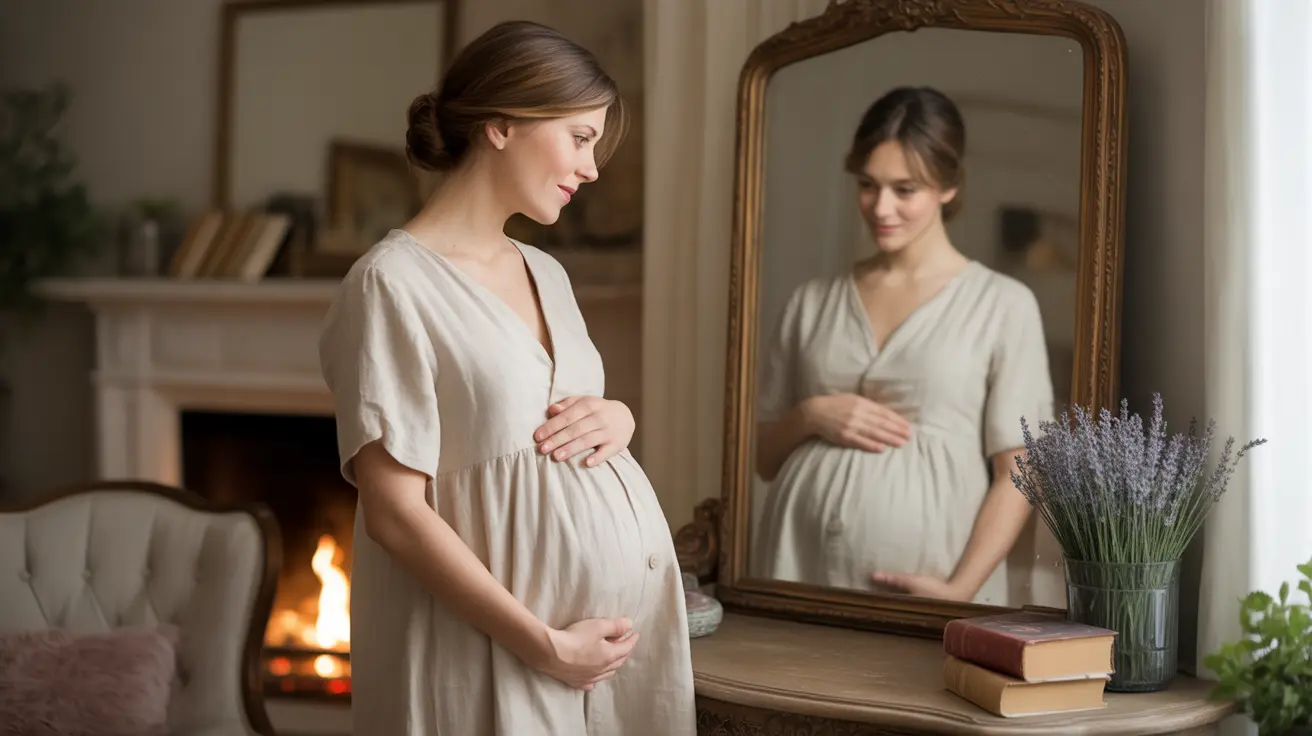Early pregnancy brings many questions, and one of the most common concerns is when the baby bump will become visible. Many expectant mothers wonder if they can start showing as early as 6 weeks into their pregnancy. Understanding the timeline and factors that influence bump visibility can help set realistic expectations during this exciting time.
Understanding Early Pregnancy Changes at 6 Weeks
At 6 weeks pregnant, your body is already experiencing significant hormonal changes, though these may not be visible on the outside yet. During this time, what appears to be a small bump is typically bloating rather than a true baby bump. Your uterus is still relatively small, about the size of an orange, and remains low in your pelvis.
Bloating vs. True Baby Bump
Many women experience bloating in early pregnancy due to hormonal changes, which can create the appearance of a small bump. However, this is different from a true pregnancy bump, which typically doesn't appear until later in the first trimester or early second trimester.
Signs of Early Pregnancy Bloating
- Fluctuating belly size throughout the day
- More pronounced fullness after meals
- Temporary swelling that may decrease overnight
- Digestive changes and gas
Factors Affecting When You Start to Show
Body Type and Build
Your pre-pregnancy body type plays a significant role in when your bump becomes visible. Women with smaller frames or less abdominal muscle tone might notice changes earlier, while those with larger builds may not show until later in pregnancy.
First vs. Subsequent Pregnancies
If this isn't your first pregnancy, you might notice a bump earlier than you did in your first pregnancy. This is because your abdominal muscles and uterine ligaments have already been stretched before, making them more likely to show changes sooner.
Uterine Position
The position of your uterus can affect when you start showing. A retroverted (tilted) uterus might not create a visible bump as early as an anteverted uterus.
Early Pregnancy Symptoms Before the Bump
While waiting for your bump to appear, you may experience other early pregnancy symptoms:
- Morning sickness or nausea
- Breast tenderness
- Fatigue
- Frequent urination
- Food aversions or cravings
- Mild cramping
When to Expect a True Baby Bump
Most first-time mothers typically begin to show between 12 and 16 weeks of pregnancy. This is when the uterus begins to expand above the pubic bone and becomes more visible. However, every pregnancy is different, and there's no "right" time to start showing.
Frequently Asked Questions
Can you start showing signs of pregnancy at six weeks, or is it just bloating?
At 6 weeks, what appears to be a bump is usually bloating rather than a true baby bump. The uterus is still quite small and located deep in the pelvis at this stage.
What are some common factors that influence when a pregnancy bump becomes visible?
Key factors include body type, previous pregnancies, muscle tone, uterine position, and overall body composition. Height and weight can also play significant roles in bump visibility.
Why do some women show earlier in pregnancy than others?
Early showing can be influenced by factors such as body type, core muscle strength, previous pregnancies, and the position of the uterus. Shorter women or those with shorter torsos may also show earlier due to less vertical space for the uterus to expand.
How does having a previous pregnancy affect when a baby bump becomes noticeable?
Women who have had previous pregnancies often show earlier because their abdominal muscles and uterine ligaments have already been stretched, making them more responsive to subsequent pregnancies.
What are some common symptoms experienced during early pregnancy aside from a visible baby bump?
Common early pregnancy symptoms include morning sickness, breast tenderness, fatigue, frequent urination, food aversions or cravings, and mild cramping. These symptoms often appear before any visible bump.




